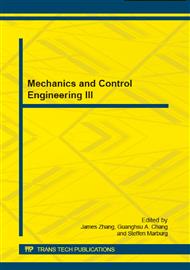p.447
p.453
p.459
p.464
p.474
p.479
p.483
p.487
p.491
Environmental and Operational Performance Evaluation of Taiwan Thermal Power Plants
Abstract:
An integrated environmental and operational efficiency model for evaluation of seven thermal power plants in Taiwan was constructed by data envelopment analysis (DEA). Inputs and desirable outputs along with 3 undesirable outputs, including CO2, SOx, and NOx emissions were simulated. From results we found that the integrated efficiency and the production scale of most plants were inefficient during 2001- 2008. Reductions in fuel consumption and CO2 emission are the major solutions for efficiency improvement. Other improvements include enhancing pollution control measures and optimizing power plant scales. Also, clean-coal technology and lower-carbon fuels should be enhanced to reduce CO2 emissions from thermal power plants in Taiwan. In addition, flue gas desulfurization (FGD) and high efficient selective catalytic reduction (SCR) and advanced low-NOx burners can be installed to remove extra SOx and NOx emissions. Findings of this study can be of value for improving environmental and operational performance of thermal power plants in Taiwan as well as countries with similar concerns.
Info:
Periodical:
Pages:
483-486
Citation:
Online since:
December 2014
Authors:
Price:
Сopyright:
© 2015 Trans Tech Publications Ltd. All Rights Reserved
Share:
Citation:


